It’s been a little over a year since foldable display smartphones have become a real thing. Samsung hit a few snags with the launch of the Fold and Huawei took a few extra months to make sure the Mate X could withstand the rigors of day-to-day use.
And now, Samsung has released the Galaxy Z Fold, a second-generation device that is dramatically different than what we were introduced to last year. Like the Moto Razr, this phone reintroduces us to the flip phone form factor, something I’m extremely excited about.
But is this new phone and its unique design good enough to replace the tried and true slab form factor we’ve been using since the modern smartphone?
I’m sure you want to know if the phone’s foldable display is durable enough to withstand daily wear and tear and I promise I’ll be getting to that. But first, we need to address the phone’s specs and a few of its shortcomings, it’s price, and how it stacks up to other devices.
The competition
While there aren’t a whole lot of foldable display smartphones out there, the Z Flip does have one direct competitor, the iconic Moto Razr. Unlike the folding phones we saw from 2019, these two devices share the same flip phone form factor. I’ll be honest, I prefer the looks and size of the Razr, but the Flip has the advantage in nearly every other respect.
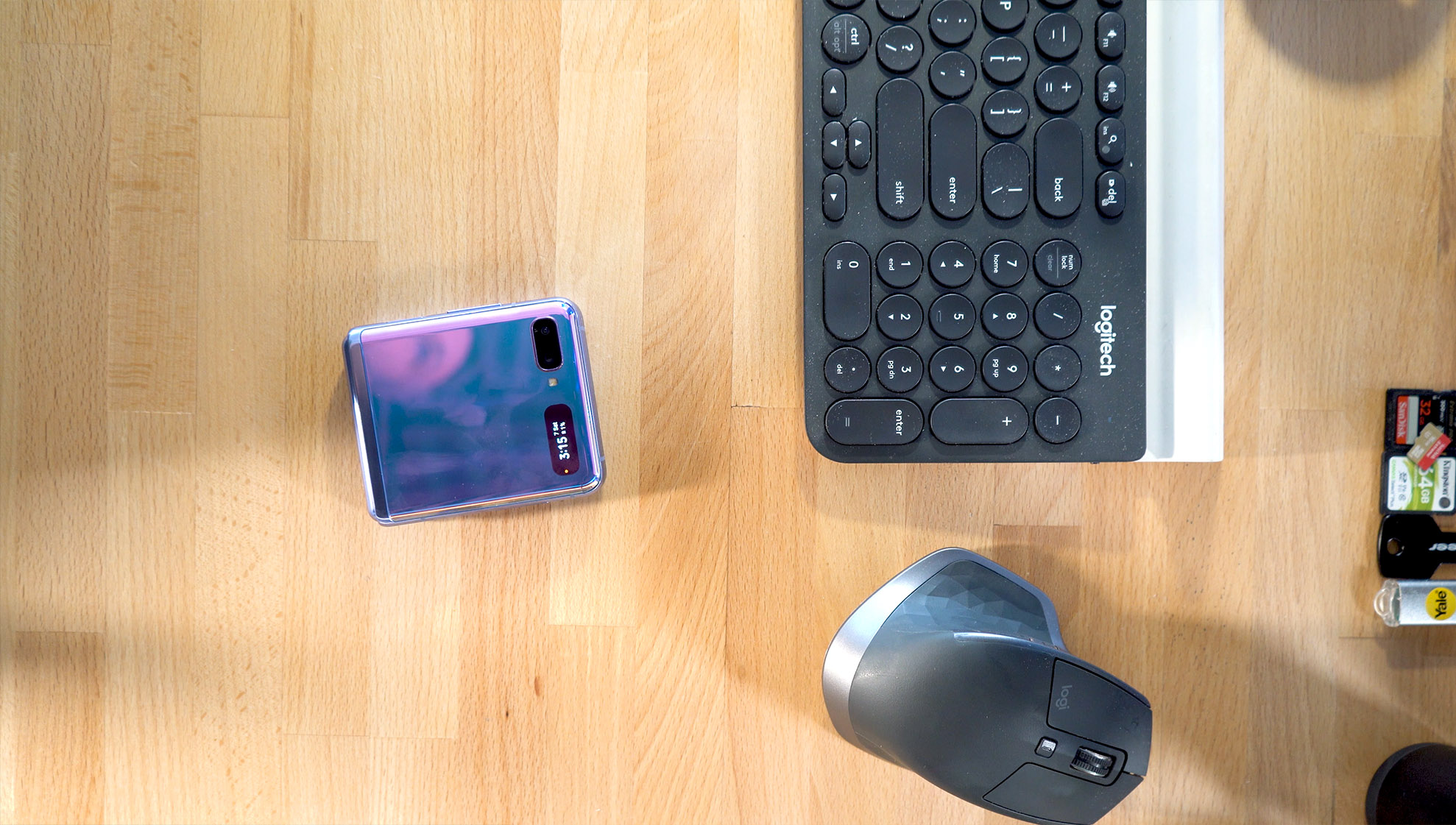
The most obvious is the price. The Z Flip will set you back $1,380, $120 less than Motorola’s offering. Everyone loves saving money, but things get even better for the Z Flip when you start looking at the specs. It’s not using this year’s Snapdragon 865, but it does have the 855+ from late 2019. It has 8GB of RAM and Samsung’s been quite generous by throwing in 256GB of storage.
As for its cameras, you get the same 12MP sensors Samsung used in its 2019 flagship devices for the Z Flip’s standard and ultrawide cameras on the back and a 10mp front-facing camera. Compared to the Razr, it’s night and day since every internal component Motorola is using in its device can be found in a $400 smartphone from last year.
So, the Z Flip is the obvious choice when stacked up against its only true competitor. But as you can see from the specs, this phone really isn’t up to par if you start comparing it to regular smartphones either, when you factor in the price. But when you have a phone that can do this… regular comparisons simply won’t cut it.
Design
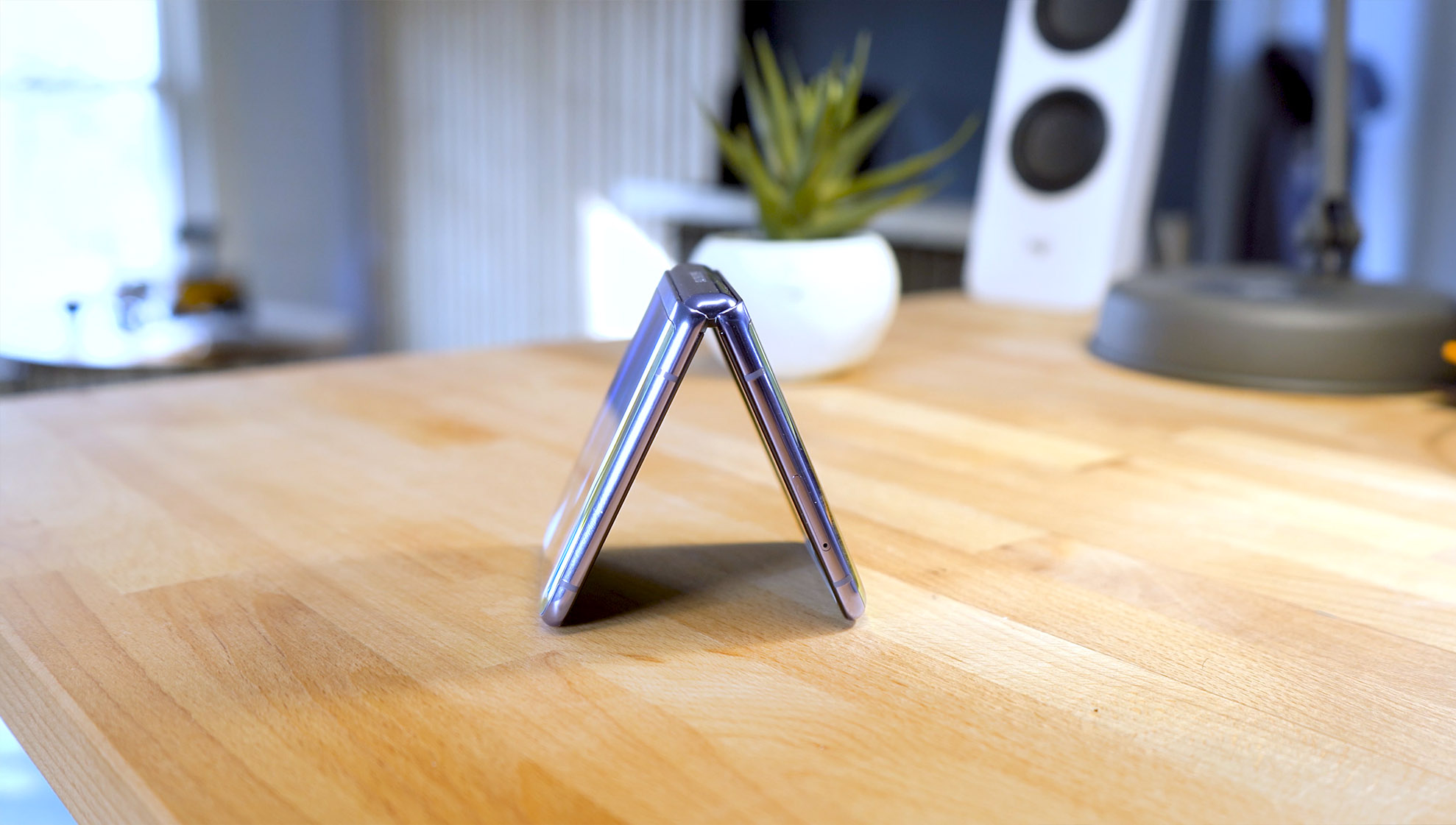
Now, I don’t think I have to point out that this phone looks a bit different than your average smartphone. If folding a phone in half doesn’t give it away, I don’t know what will. And then there’s this amazing color option. If the phone didn’t already scream for attention, the Z Flip in purple definitely does.
But I have to admit, the design itself is a bit uninspiring. Sure, the metal frame and glass panels look amazing if you’re willing to wipe them off every time you pull the phone out of your pocket, but the phone honestly looks like Samsung just cut a phone in half and folded in over.
The gap between the two halves isn’t as prominent as the Galaxy Fold’s, but it’s still noticeable and does allow for dust and pocket link to wedge inside.
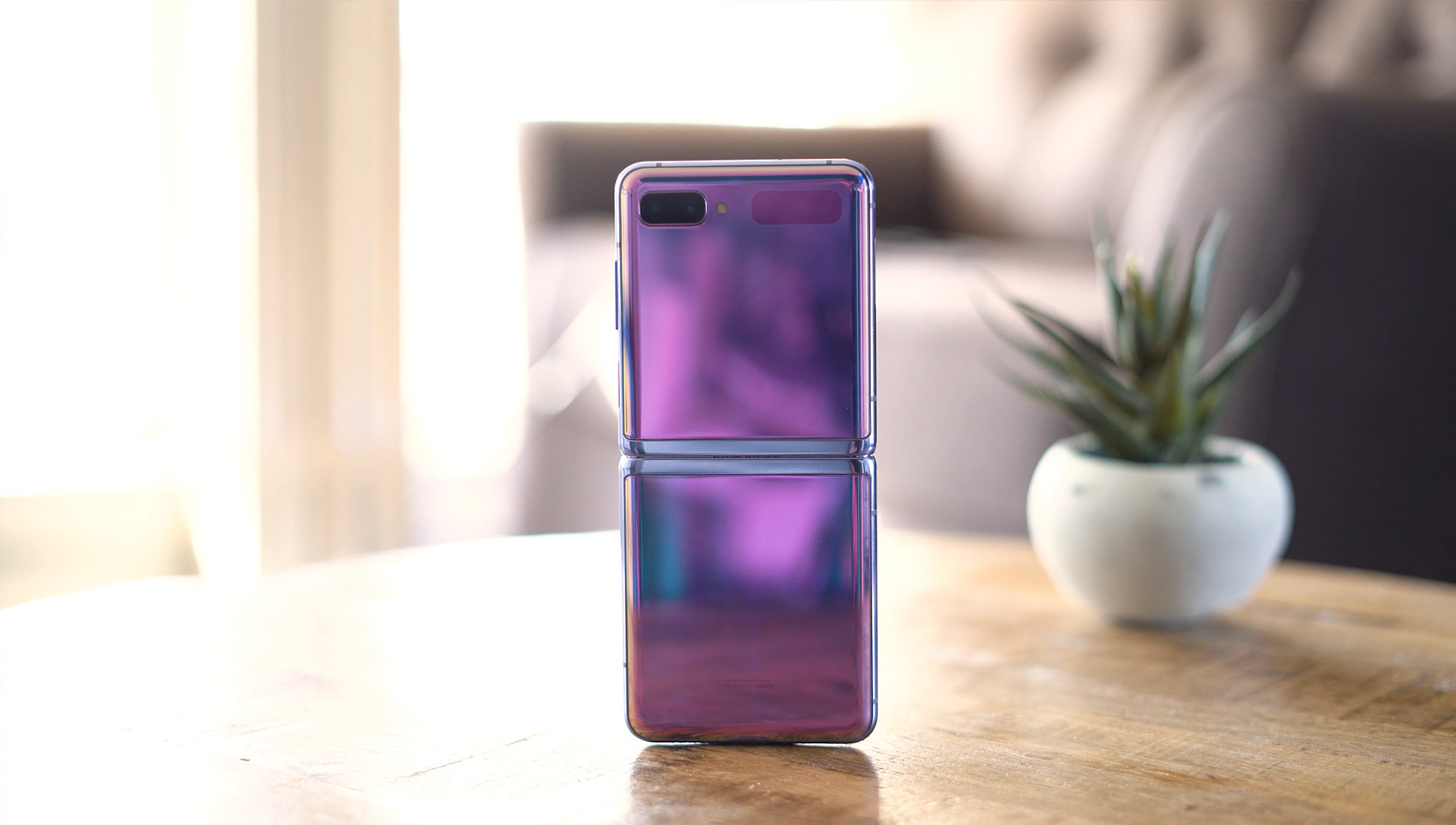
The minuscule cover screen is just large enough to show the time, battery life and a few notification icons, but it’s honestly way too small to be considered a useful feature of the phone. I’m sure Samsung’s team already knows this and is planning for something much larger for the Z Flip 2.
For as much as the Galaxy Z Flip looks completely different, it’s really just a regular smartphone when unfolded. You get a volume rocker on the side along with a power button and fingerprint sensor combo which work incredibly well.
Display
Despite my few minor complaints, I have to admit that I’m completely taken by the flip phone form factor of the Z Flip. Yes, a phone that unfolds into a tablet may be more impressive and may even offer more functionality than a device that simply folds in half, but you can’t tell me that flipping your phone open to take a call isn’t immensely satisfying. And flipping it shut when you’re done with it actually changes the way you use the phone.
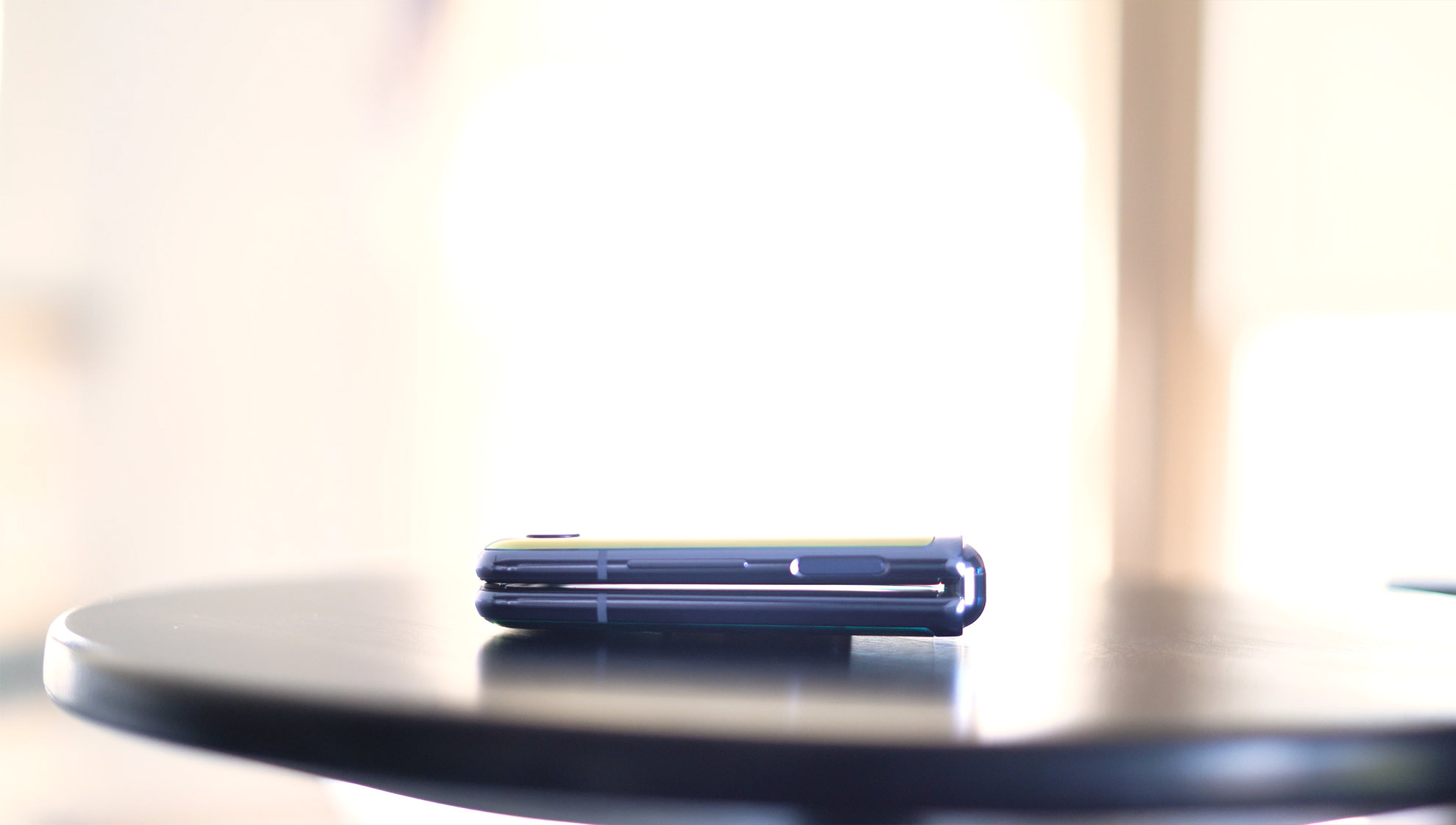
From a design standpoint, the Galaxy Z flip really isn’t much different than a regular smartphone when it’s open. The 21.9:9 aspect ratio of the 6.7-inch foldable display does make this thing crazy tall when compared to most other devices, but the taller canvas makes Instagram, Facebook and even websites a bit more enjoyable when you’re scrolling through your feeds or catching up on the news. The drawback, of course, is that the notification shade is harder to reach and then there’s all that dead space on the side when you’re watching 16:9 video. For comparison, this display is taller than the 21:9 cinemascope aspect ratio displays Sony has been using for its flagship devices which is pretty crazy.
The silver lining here is that the black bars on the sides of the video you’re watching hide the hole punch cutout for the front-facing camera. While most apps scale pretty well to the taller display, Instagram and Facebook Stories aren’t yet optimized for this aspect ratio. I also came across a few issues in games, mainly in the menus which didn’t conform properly to the added space.

When it comes to the quality of the AMOLED display, I’d peg the Z Flip’s panel one notch below last year’s S10 lineup. It’s definitely bright enough to be used outdoors and viewing angles are impressive, but there is a noticeable shift in brightness once you pass 45-degrees.
Like the Galaxy Fold, the phone has a protective plastic layer, but Samsung has improved the durability of the foldable display even further with the use of a foldable glass layer as well. This makes the screen feel a lot more rigid than the Fold’s and the little bit of give you feel when pressing your finger against is actually the protective plastic layer, not the display itself.
The protective bezel Samsung added to the Fold is here as well, along with the support brace right in the middle which helps ensure the panel stays where it’s supposed to when folded and unfolded so that nothing gets behind it.
Having used it for a week now, I can say that the Z Flip feels significantly more durable than the Galaxy Fold. Samsung’s confidence in the phone’s durability was clearly evident even at the launch event. While the Fold was given white-glove treatment at IFA, showing people how they should fold the device and where to place their hands to not place any unnecessary pressure on the display, Samsung didn’t have any special instructions for the Z Flip besides the card on the inside of the box, reminding up not to poke or prod the display with sharp objects or place anything inside the phone when flipping it shut.
On an average day, I open and close the phone at least 50 times with more than a dozen full flicks, just because it’s fun. So far, I haven’t noticed any issue with the hinge and the display is still as flawless as when I first took it out of the box.
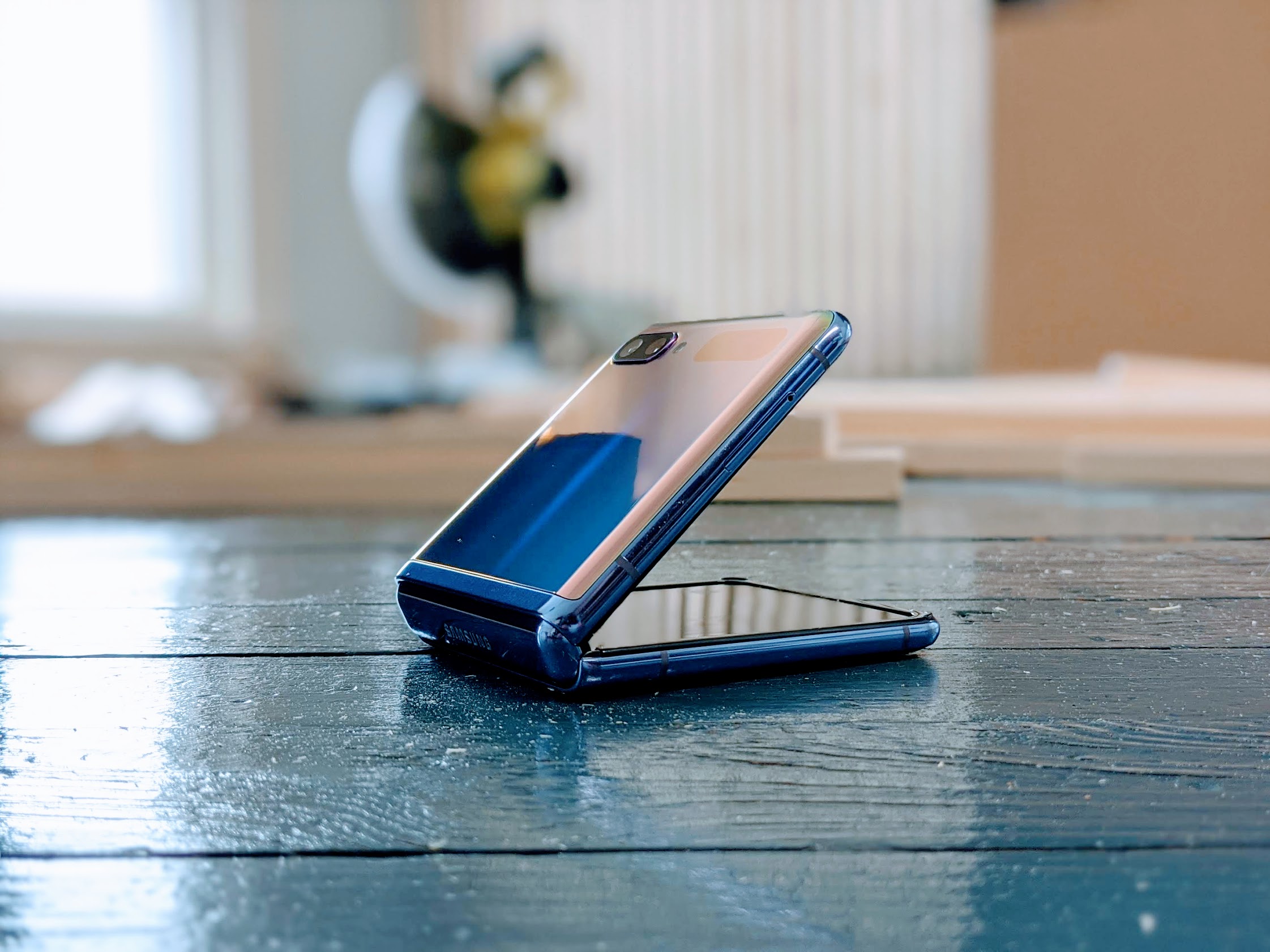
That being said you do need to be extra careful if you want to keep the screen scratch-free. Quite a few people have reported that the protective plastic layer scratches as easily as a $5 screen protector.
But this is where the flip phone form factor comes into play. Since the phone folds in half, you get an added level of protection that you don’t get with a regular smartphone. Throwing the Z Flip in your pocket or purse with keys and coins will inevitably leave you with scratches on the outside glass, but the display on the inside should be just fine
When I’m not actively using the phone, it sits folded on my desk which means the display should be just fine if I accidentally knock it to the floor. But in addition to that extra layer of protection, I also found that a foldable smartphone is a lot less distracting. The tiny cover display only shows the time, date and battery life when you double-tap it, but then you can swipe over to see notification icons if you want. But unless I’m waiting on a message from someone or a specific email to come in, I find that with the phone flipped shut, the Z Flip doesn’t get used as often as other devices.
Any other smartphone would typically sit within arm’s reach, with an always-on display showing you when new notifications come in. If something is intriguing enough, you’re just a double-tap away from jumping into Gmail, Telegram or your favorite social media app.
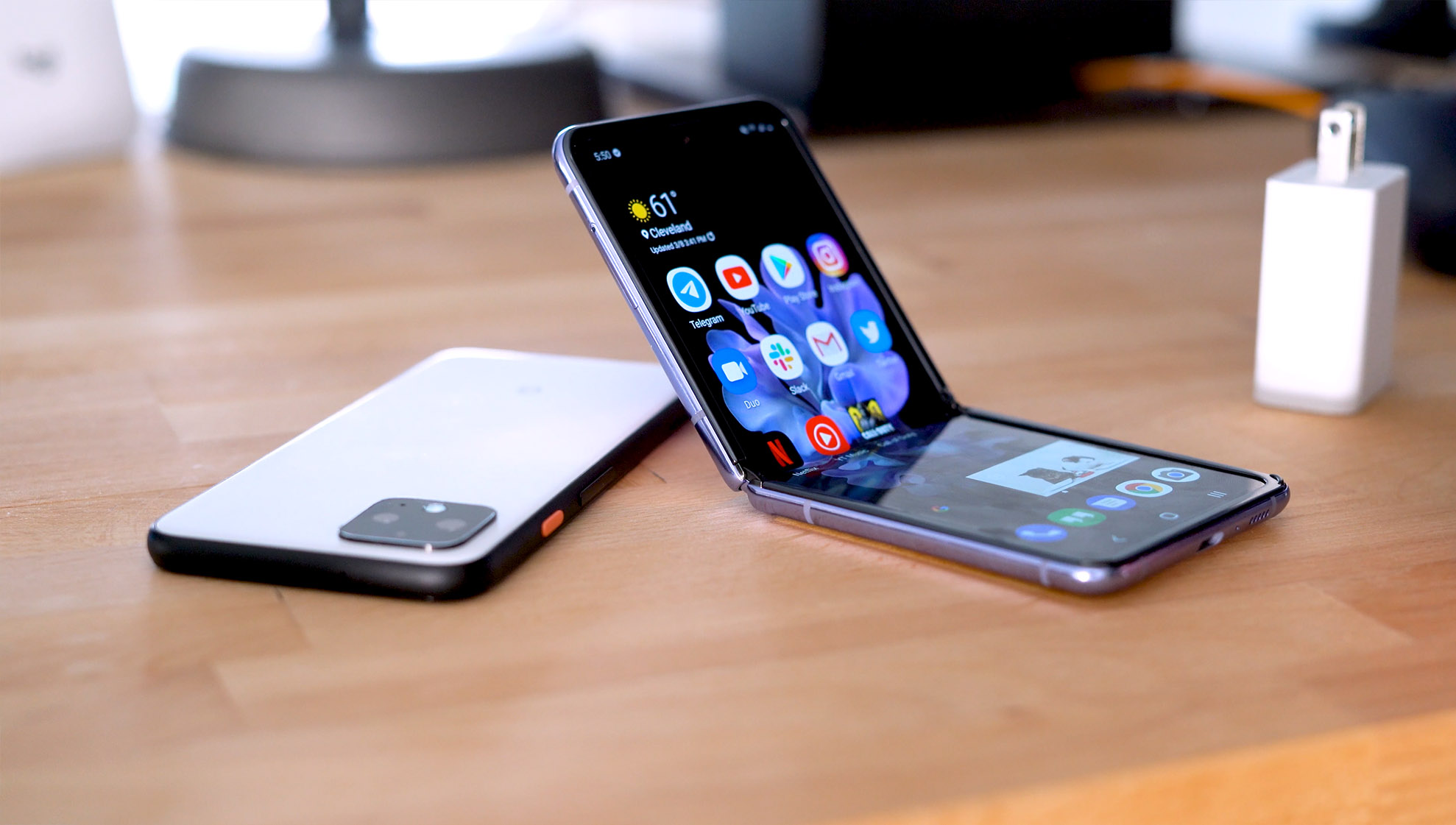
Things are a lot harder with the Z Flip since simply opening the phone is a two-handed process and that’s after you picked it up and readjusted it so that you can flip it open with your other hand. It literally takes forever to do this, ok, so that’s a gross overstatement, it’s more like two and a half seconds, but it’s something you have to commit to and in my opinion, that’s a good thing.
Not only does this allow the phone’s 3300 mAh battery to last a lot longer than it should, but it also made me more productive by keeping distractions at bay. Like many of you, I use my smartphone mainly to get work done by answering emails and communicating with our team, but I probably waste at least an hour a day on my smartphone doing who knows what when I should be getting work done. The Z Flip doesn’t completely solve this for me, but I can say it makes a noticeable difference.
Besides the added pocketability of a phone like this, there really isn’t any practical use for the foldable display besides allowing it to act as its own stand for taking pictures or during video calls. Sure, multi-window apps do split right where the display folds and the added tallness of the screen gives them a bit of extra breathing room, but I’m not convinced that’s a huge selling point.
Cameras
When it comes to its cameras, the Galaxy Z Flip does just enough to out-perform mid-range devices but doesn’t really deliver a true flagship experience. For its main cameras, the phone has two 12MP sensors with a standard and ultra-wide-angle lens which deliver decent results. For the most part, the images you get out of these two cameras match last year’s Galaxy S10 smartphones. You get a good balance of sharpness, color saturation, pretty good white balance, and respectable low light performance.
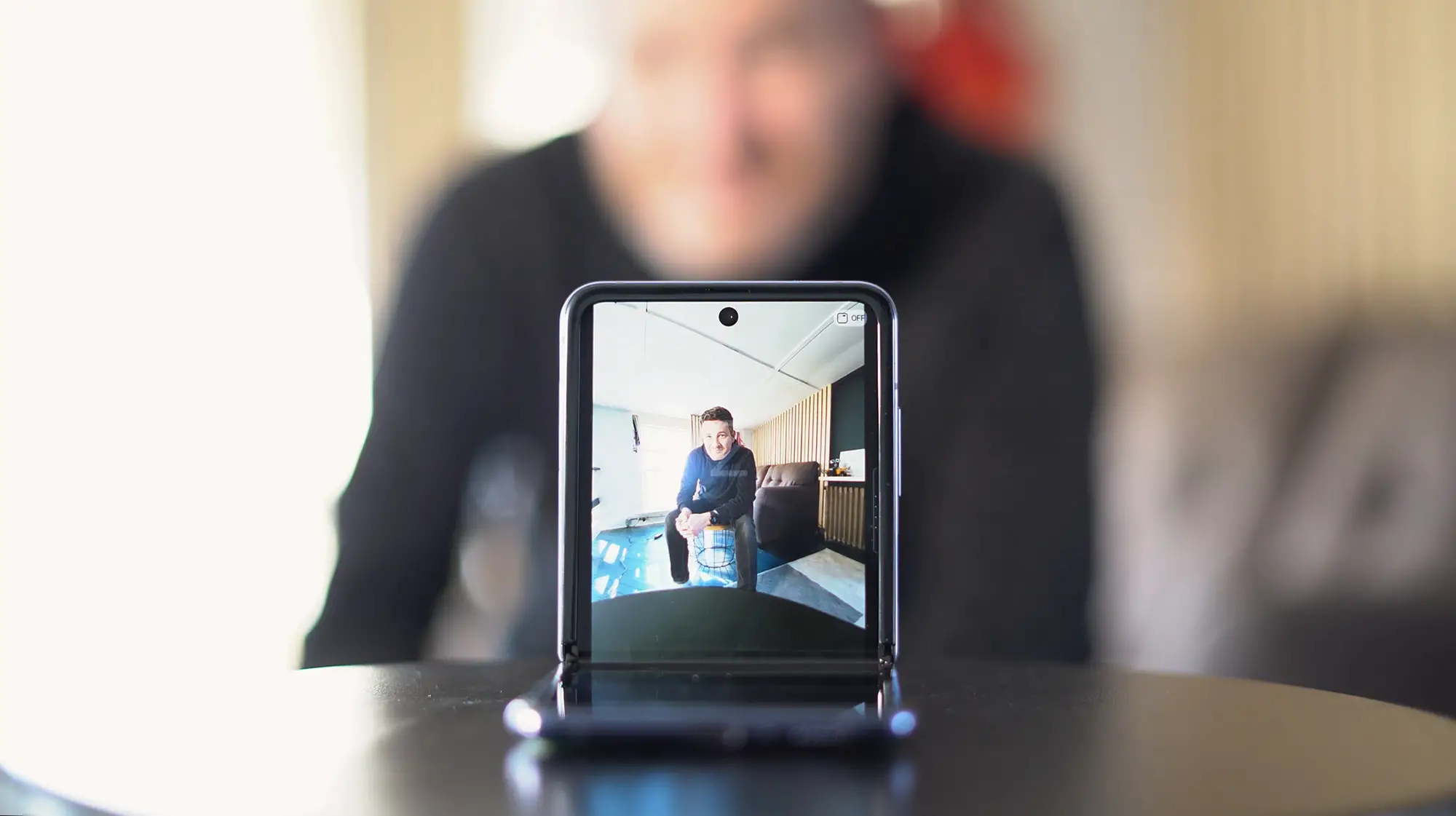
Add in the fact that you can snap selfies with both cameras with the help of the cover display when the phone is folded. Just double press the power button and the camera will come to life and you can easily switch between the standard and ultra-wide cameras with a tap on the screen.
If you want to take a regular selfie, there’s still a 10MP front-facing camera. It’s not as good as the ones on the back, but it’ll still get the job done.
For video capture, you’re looking at 4K video from all three cameras, but there are certain restrictions on image stabilization and focus tracking if you bump the frame rate up to 60 fps.
At the end of the day, the Z Flip will capture some incredible photos and videos, but it’s a noticeable step down when compared to the new Galaxy S20 lineup from this year.
Battery
As mentioned earlier, you only get a 3300 mah battery in the Z Flip. By today’s standards, that number is definitely classified as a negative. Based on my regular smartphone use, I was expecting the phone’s battery to give in after 10 hours or so, but I was pleasantly surprised to see that it’s never once died on me before the end of a long day.

The key to the Z Flip’s longer than expected battery life isn’t some magical power saving software. The answer is in the design. For me, a flip phone simply gets used less. Since it sits folded on my desk, the phone’s display gets turned on fewer times throughout the day, leading to a lot less screen-on-time.
The phone supports 15W fast charging and wireless charging as well. Samsung’s included its reverse wireless charging to top off your headphones or give your friend a power boost, that is if you’re feeling generous.
Conclusion
Whether you like them or not, foldable display smartphones are here to stay. Some will write them off as a pure gimmick, but the technology is truly transformative and is the biggest change we’ve seen in the mobile industry in over a decade. Samsung and its competitors still have a lot of work to do on the software front to make phones like the Z Flip more intuitive and useful, but that’ll improve pretty quickly as more and more foldables hit the market.

But in 2020, is the Samsung Galaxy Z Flip a phone you should buy? That depends. If you’re the type who buys flagship smartphones and loves pure unadulterated performance, your money is better spent elsewhere. But that’s not to say that this phone isn’t for anyone. The Z Flip is a must-have for those who love bleeding edge-tech, no matter what the cost or how unrefined it may be. And if you’re simply looking to make a statement that will even leave your iPhone-loving friends speechless, the Z Flip will most certainly do the trick.
In either case, you’ll have to write off the phone’s $1,380 price tag as an investment for your personal tech collection or as a fashion accessory to boost your personal image. Because nothing screams “look at me!” more than a phone that folds in half. And as of right now, the Samsung Galaxy Z Flip is the best foldable display smartphone money can buy.
Samsung Galaxy Z Flip Rating: star_fullstar_fullstar_fullstar_75star_empty (3.7/5)
The Good
- Incredible performance
- Great durability
- Coolest phone money can buy
The Bad
- Software still needs improving
- Definitely not affordable
- Average cameras
The Bottom Line
The Samsung Galaxy Z Flip is the best foldable display smartphone money can buy, but it’s still a few steps behind what true flagship smartphones have to offer.

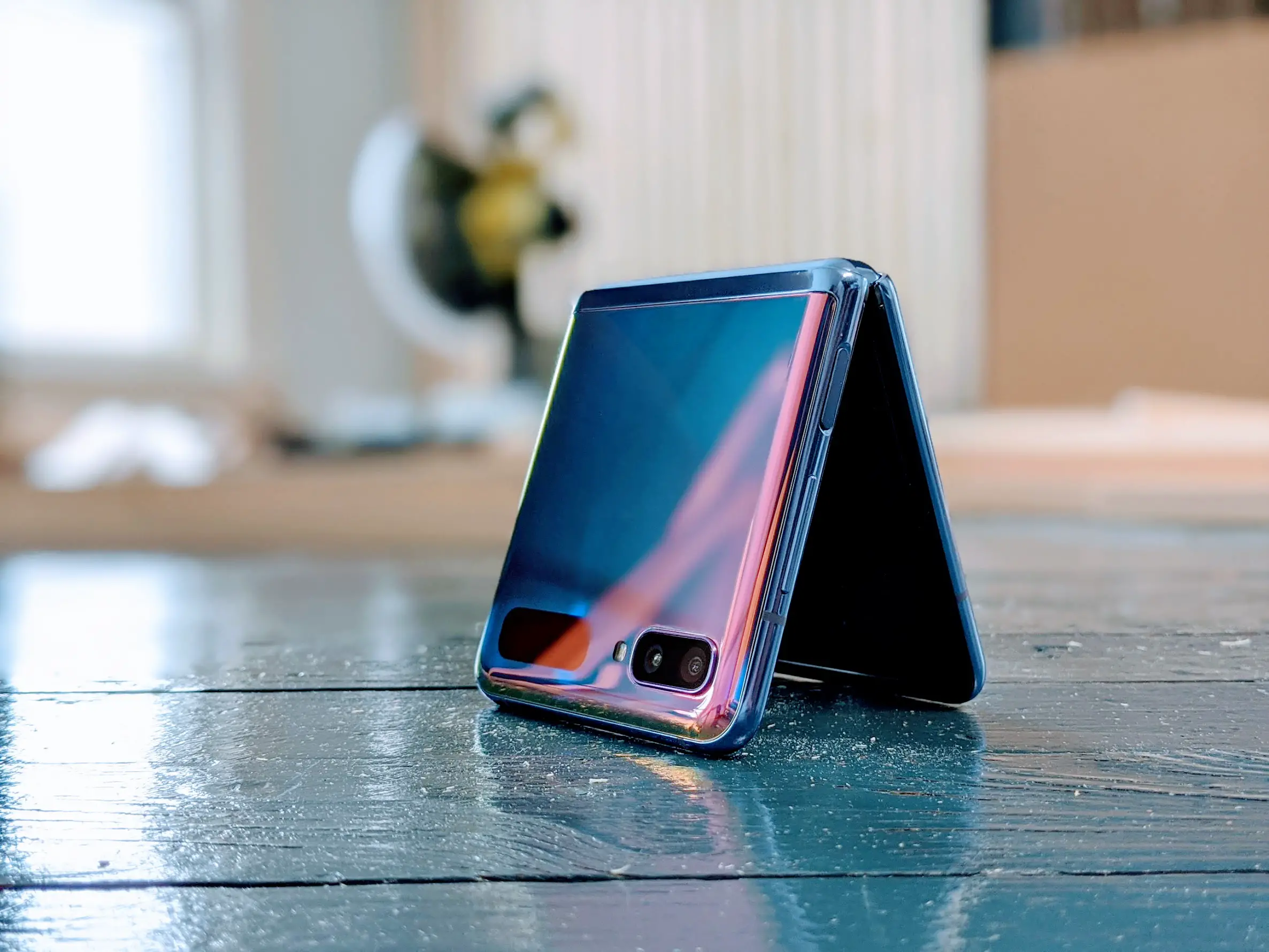










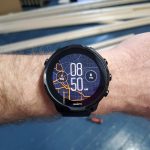
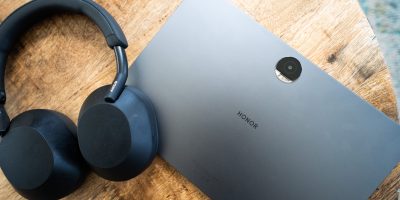
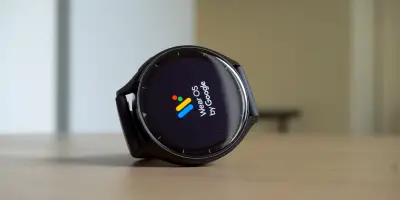

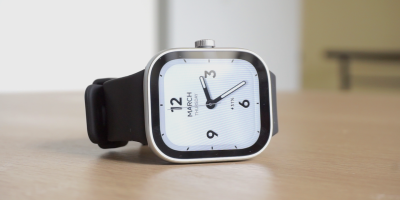
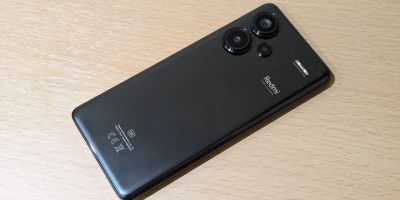
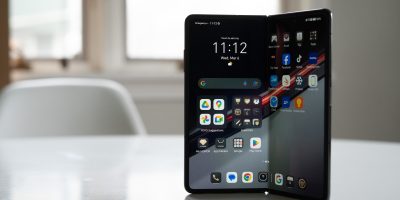
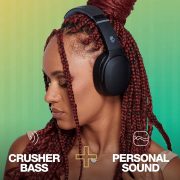

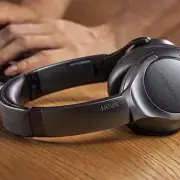

Comments